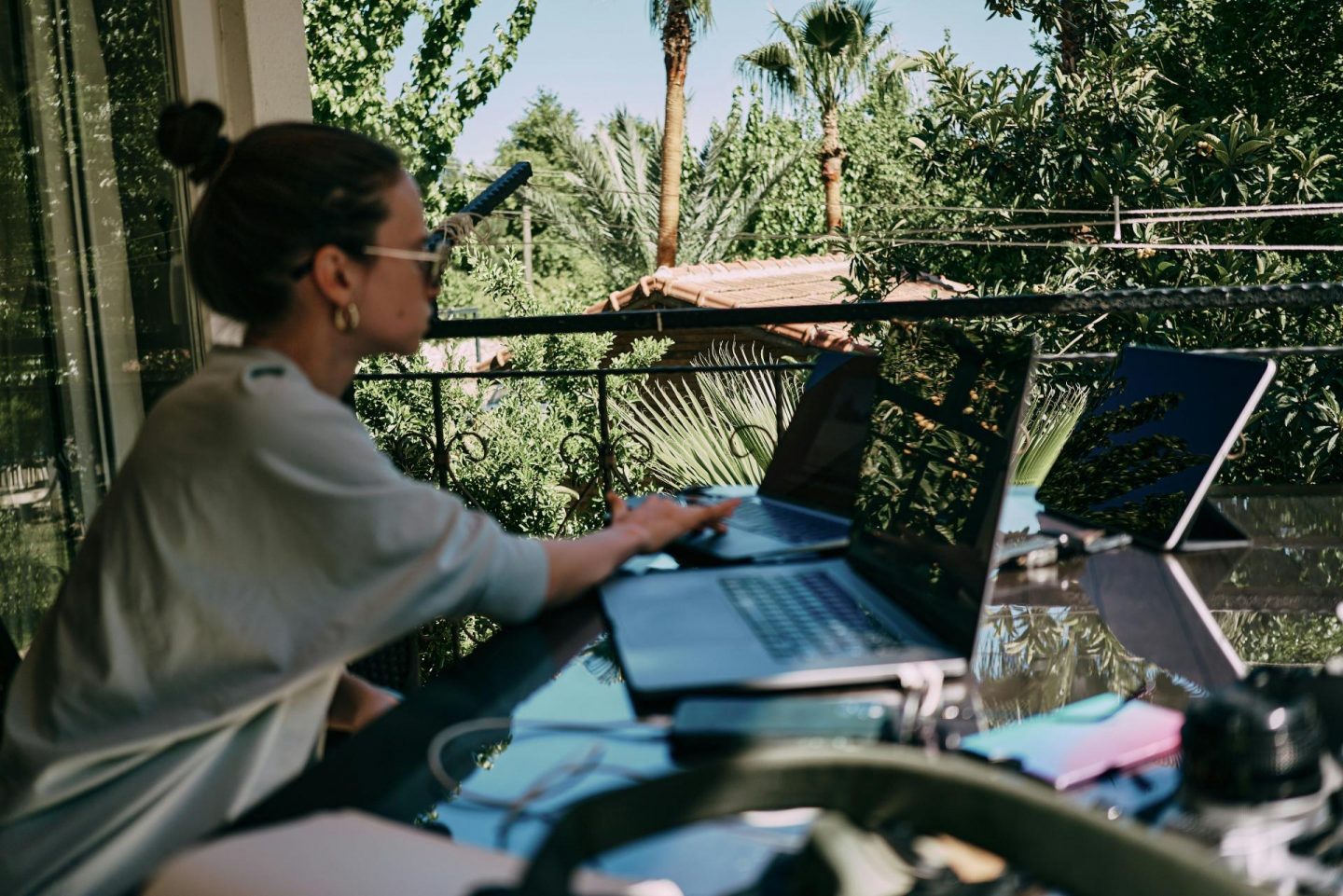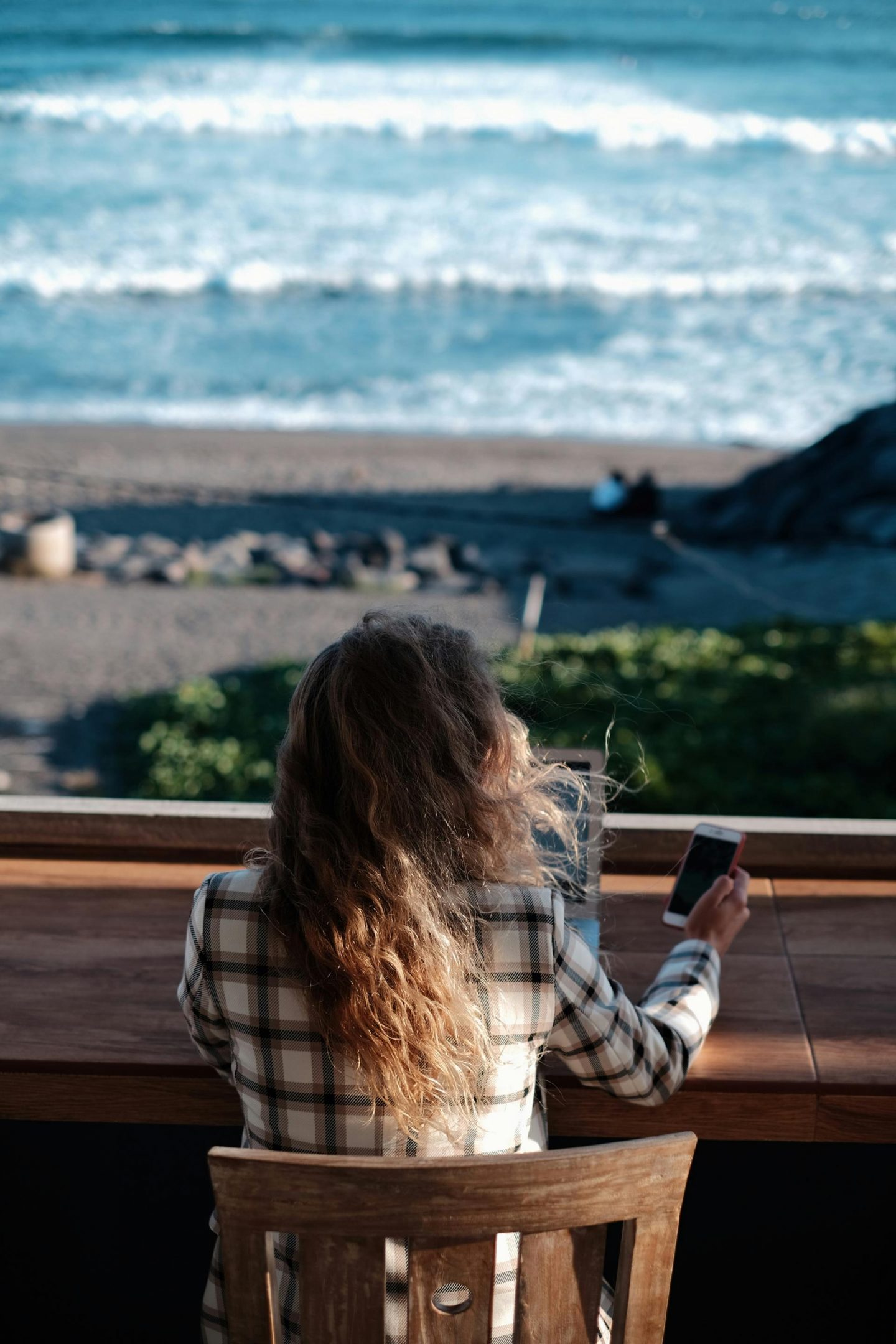
It’s 2026, and working from anywhere in the world is no longer just for the few. The digital nomad dream has gone mainstream – millions of people now split their time between city flats, campervans, surf shacks and co-working cafés everywhere from Bali to Barcelona. But before you pack your laptop and buy a one-way ticket to somewhere sunny, let’s get practical. Here’s how to make life as a digital nomad actually work (and still have fun while you see the world).
How to Be a Digital Nomad in 2026: Work, Wander and Stay (Mostly) Sane
1. Pick a base, not just a beach
Yes, you could book a month in a thatched hut in Costa Rica, but the key to long-term nomad life is having somewhere to land and live a great routine, so be practical about what you need. For some, that’s a storage unit and a friend’s sofa; for others it’s a small flat they Airbnb when they’re away. Knowing where you can regroup, receive post and store your hiking gear will save your sanity and let you wash your socks.
2. Pack light – but pack smart
Repeat after me: “I don’t need three cameras.” Everything you carry adds weight and stress. Pack portable tech, add a compact travel wardrobe in neutral colours that layers well, and invest in a decent pair of shoes you can walk miles in.
3, Pack the right tech
Your tech setup is your lifeline when you’re working remotely, so keep it light but reliable. A MacBook Air or similar lightweight laptop, noise-cancelling headphones, and a compact charger will see you through most situations. Get details here on whether Macs are susceptible to viruses. Add a universal adapter, power bank, and mobile hotspot for on-the-go connectivity. Store everything in a water-resistant backpack and back up files to the cloud daily. Don’t overpack – a few well-chosen devices will keep you working smoothly anywhere, from co-working cafés to campervans, without turning your travel bag into a portable IT department.

4. Wi-Fi is your lifeline
You’ll soon realise that ‘free Wi-Fi’ signs are as trustworthy as ‘authentic Irish pub’ claims in tourist hotspots. If you don’t invest in a coworking space, carry your own connection -whether it’s an international eSIM, a mobile hotspot or a local data SIM card. Check coverage maps before you arrive, especially if you’re heading into rural areas or smaller islands. Download key work files for offline access and always have a Plan B café or co-working space pinned on Google Maps.
5. Don’t forget time zones (and sleep)
The sun may be rising over the Mekong, but your contact London is just logging off. Use world clock widgets and scheduling tools like Calendly or Clockify to avoid sending 3 a.m. meeting invites. Some nomads thrive on asynchronous work – replying to messages when they wake up – but make sure your clients or colleagues know your schedule. And remember: no productivity hack beats a full night’s sleep.
6, Back it up
Cloud storage offers a simple, reliable way to ensure your photos, documents and important
travel files are always backed up. Unlike carrying external drives or USBs, which can be lost
or stolen, cloud storage keeps your files accessible whether you’re waiting for a train in Italy
or on a beach in Bali. Cloud storage encrypts your data, giving you peace of mind that even
if your device is compromised, your memories remain private.
7. Find your people
Nomad life can get lonely. Co-working spaces, community houses, and local meetups are your best friends. Look for groups like Remote Year, WiFi Tribe, or Facebook groups such as Digital Nomads Around the World. Or join a local yoga class, volunteer at a beach clean, take a language lesson…
8. Work smarter, not constantly
You didn’t trade your office cubicle for a beach view just to chain yourself to your laptop. Structure your days to make sure you’re getting the work/life balance you signed up for. Start early, finish early, then go swim or hike. Try batching tasks (emails in one block, creative work in another) and setting clear office hours for yourself. Tools like Notion, Slack, and Trello can help keep you organised.

9. Stay legal and insured
Visas are getting more nomad-friendly, with countries from Spain to Sri Lanka offering remote worker permits. Check the rules before you fly – some stays don’t technically allow paid work. Health insurance is non-negotiable; companies like SafetyWing or TrueTraveller now cater specifically to digital nomads and include global medical coverage. Don’t skip it – accidents happen, even when your office is a hammock.
10. Keep your finances in order
Open an online bank account (Wise, Revolut, or Monzo are popular) to dodge international fees, and keep some emergency savings in a separate account. Set up an invoicing system that works worldwide and automate payments where possible. Nothing kills the wanderlust faster than a frozen bank card or a missed tax deadline.
11. Stay sustainable
Being a nomad means you’re a guest in another country – be a well behaved visitor and make it a sustainable stay. Bring a refillable water bottle, support local businesses, and avoid over-touristed Instagram spots. Travel slowly when you can – spend weeks or months in one place rather than hopping around. It’s better for the planet and your wallet.